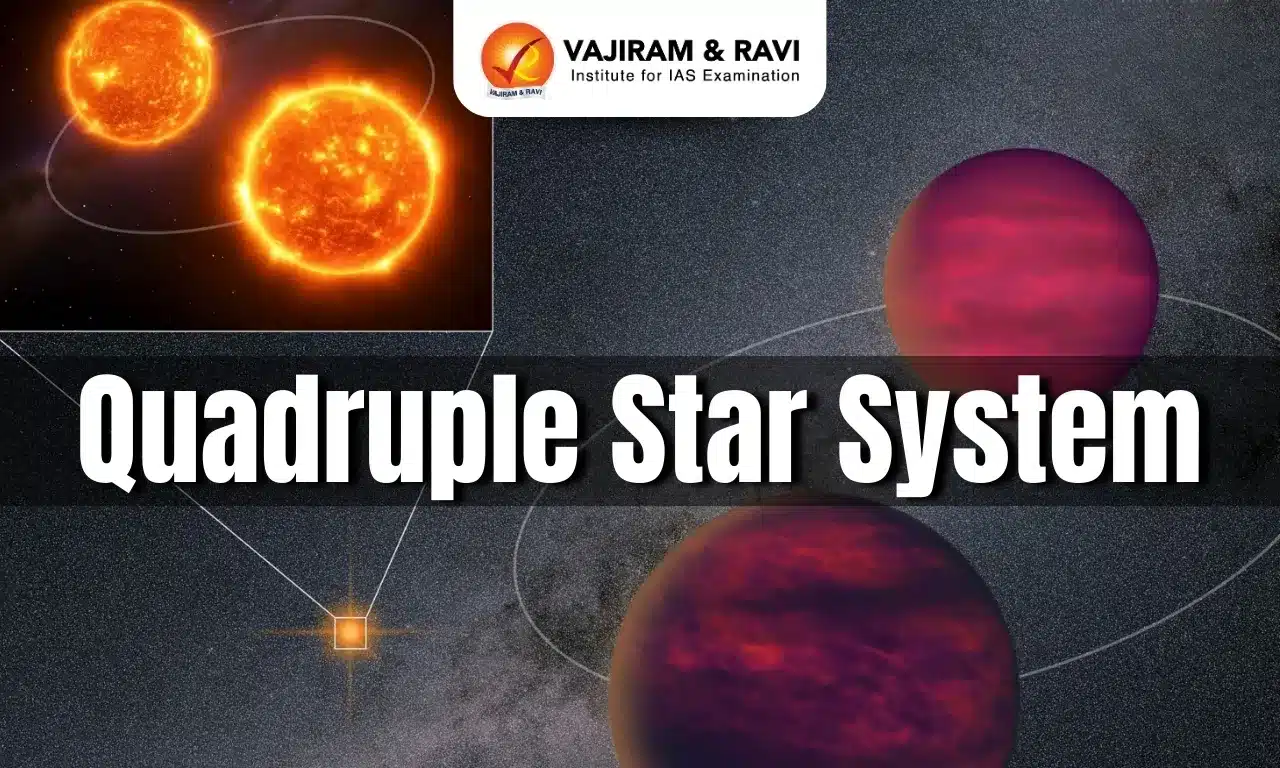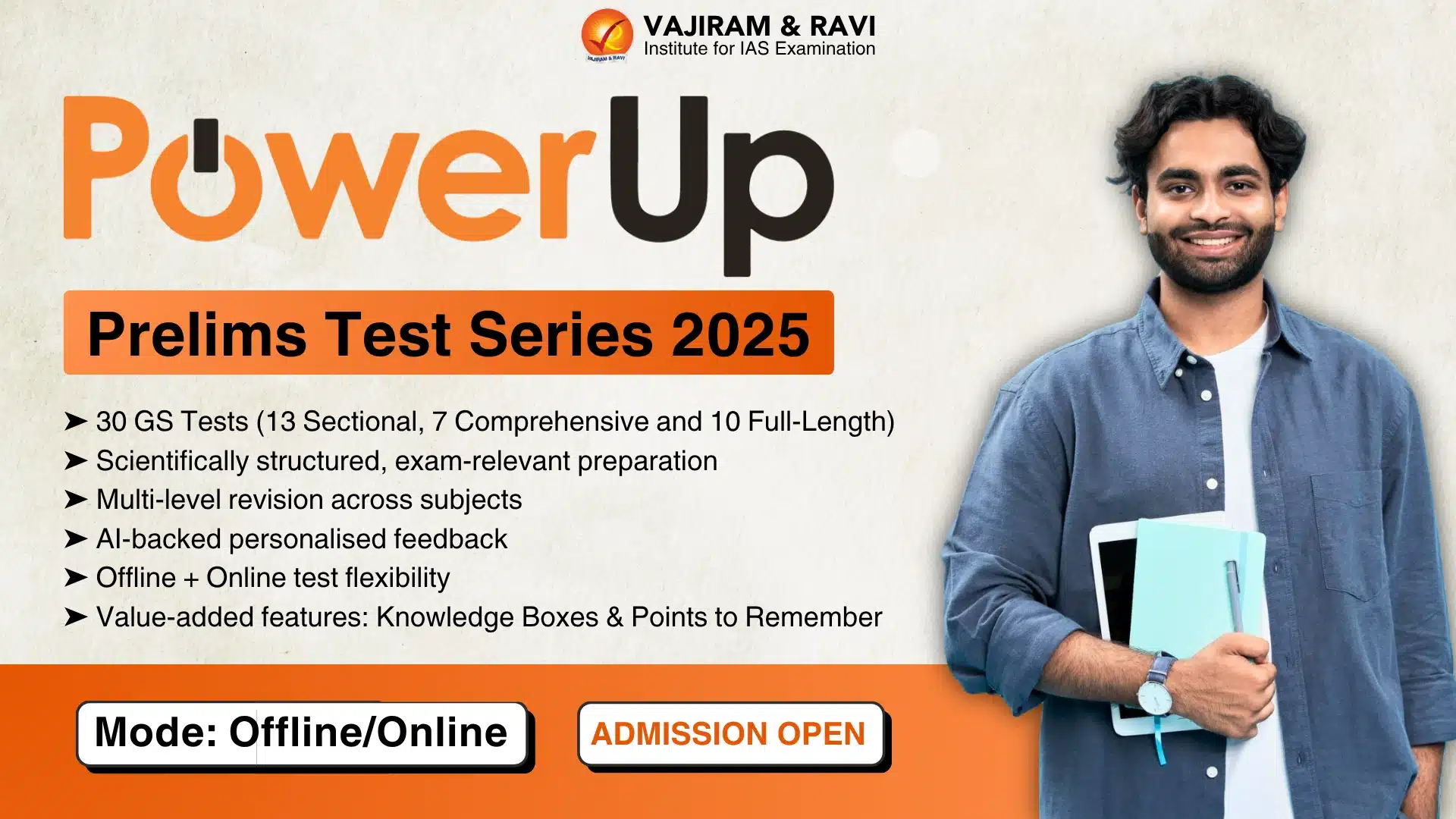What’s in today’s article?
- Chandrayaan-4 Mission
- Key Objectives of the Mission
- Mission Strategy and Components
- Detailed Payloads
- Dual Rocket Launch Strategy
- Advanced Technology and Space Docking Experiment (SPADEX)
- News Summary
Chandrayaan-4 Mission
- Following the success of Chandrayaan-3, ISRO is now turning its attention to Chandrayaan-4, a lunar sample-return mission.
- This ambitious project aims to achieve a soft landing on the Moon, collect lunar rock samples, and return them to Earth.
- If successful, India would join the ranks of the United States, Russia, and China in accomplishing this challenging feat.
Key Objectives of the Mission
- Achieving a safe and gentle landing on the lunar surface.
- Collecting and storing lunar samples.
- Lifting off from the Moon’s surface.
- Docking and undocking in lunar orbit.
- Transferring samples between spacecraft modules.
- Returning the collected samples safely to Earth.
Mission Strategy and Components
- Chandrayaan-4’s strategy is notably complex, involving five distinct components of the spacecraft:
- Propulsion System: Responsible for transporting the lander and ascender stages to the Moon.
- Descender: Designed for the lunar landing, carrying equipment for soil sampling.
- Ascender: Detaches from the lander after collecting samples, then lifts off from the lunar surface.
- Transfer Module: Receives samples from the Ascender and transports them to the Re-entry module.
- Re-entry Module: Safely brings the lunar samples back to Earth, designed to withstand the re-entry into Earth’s atmosphere.
Detailed Payloads
- Lunar Propulsion Module: Transports the Lunar Lander and Ascender stages to the Moon, similar to the propulsion module used in Chandrayaan-3.
- Lunar Lander: Touches down on the Moon, carrying instruments to support the Ascender stage and soil sampling equipment.
- Lunar Module Ascender: After collecting samples, it detaches from the Lander, ascends to lunar orbit, and prepares for docking.
- Transfer Module: Transfers the samples from the Ascender to the Re-entry Module, propelling them back to Earth.
- Re-entry Module: Designed to safely return to Earth with the lunar samples.
Dual Rocket Launch Strategy
- Chandrayaan-4 will utilize two different rockets:
- Launch Vehicle Mark-3 (LMV-3): The heavy lifter will carry the propulsion, descender, and ascender modules.
- Polar Satellite Launch Vehicle (PSLV): The workhorse will transport the transfer and re-entry modules to their designated lunar orbits. These rockets will be launched on different dates, with the earliest launch not expected before 2028.
Advanced Technology and Space Docking Experiment (SPADEX)
- The mission’s success will hinge on the successful docking of the Ascender Module with the Transfer Module in lunar orbit, a process that relies on the completion of the Space Docking Experiment (SPADEX).
- This experiment, developed by ISRO, involves two spacecraft and aims to advance technologies for orbital rendezvous, docking, and formation flying, which are crucial for the Chandrayaan-4 mission.
- By leveraging these sophisticated technologies and innovative strategies, ISRO aims to advance India’s capabilities in lunar exploration and bring back samples from the Moon, marking another significant milestone in the country’s space exploration journey.
News Summary
- ISRO has finalized the design for Chandrayaan-4, India’s next Moon mission, which aims to bring lunar rock and soil samples back to Earth, with the mission likely to occur in 2027.
- Chandrayaan-4 will be more complex than its predecessor, involving five separate modules and requiring two space docking operations— a first for ISRO.
- Two key capabilities for this mission were successfully tested during Chandrayaan-3.
Final government approval is awaited. Additionally, ISRO has also completed the design for Chandrayaan-5, though its objectives and timeline are yet to be disclosed
Source: ISRO: Chandrayaan-4 design final, samples from Moon by 2027 | ET | The Week
Last updated on August, 2025
→ UPSC Mains Question Paper 2025 is out for Essay, GS 1 & GS 2.
→ UPSC Mains GS 3 Question Paper 2025 is now out.
→ UPSC Mains GS 4 Question Paper 2025 is now out.
→ UPSC Mains 2025 will be conducted on 22nd August 2025.
→ UPSC Notification 2025 was released on 22nd January 2025.
→ UPSC Calendar 2026 is released on 15th May, 2025.
→ UPSC Prelims Question Paper 2025 and Unofficial Prelims Answer Key 2025 are available now.
→ UPSC Prelims Result 2025 is out now for the CSE held on 25 May 2025.
→ The UPSC Vacancy 2025 were released 1129, out of which 979 were for UPSC CSE and remaining 150 are for UPSC IFoS.
→ UPSC Prelims 2026 will be conducted on 24th May, 2026 & UPSC Mains 2026 will be conducted on 21st August 2026.
→ The UPSC Selection Process is of 3 stages-Prelims, Mains and Interview.
→ UPSC Result 2024 is released with latest UPSC Marksheet 2024. Check Now!
→ UPSC Toppers List 2024 is released now. Shakti Dubey is UPSC AIR 1 2024 Topper.
→ Also check Best IAS Coaching in Delhi














